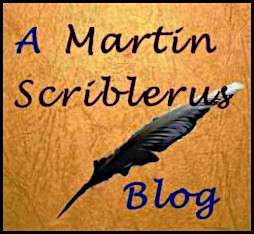The long summer holiday brings a season of crime. Even while in France two weeks ago, I found a German channel carrying episodes from the Kenneth Branagh incarnation of Wallander. (It was odd watching an English language programme with foreign subtitles).
ITV 3 is the channel for the summer viewing – a detective series every evening at eight o’clock. Of course, they are all repeats and some of which I might be watching for the second, third, or even fourth time.
Last night it was Midsomer Murders, the episode about a murdered nun (a nun in the proper sense of that word, someone living a life in an enclosed order, not a religious sister living in the community). It was a low death toll for Inspector Barnaby, just two murders, the nun and the parish priest (a character whose accent wandered as much as the plot).
The convent chapel was unmistakeably a Church of England church, with a stained glass east window.
The discovery of a courting couple in the grounds by one of the nuns caused severe embarrassment to the local yob left without his trousers. The yob and his friends returned that night and threw beer bottles through the east window of the chapel.
‘It was a Burne-Jones.’ commented Detective Sergeant Jones.
‘No, it wasn’t.’ I thought, ‘it was nothing like a Burne-Jones’.
Never having the prospect of ever affording a work by Burne-Jones, I was delighted last year to be given a platinotype by Frederick Hollyer of Burne-Jones Six Days of Creation. It hangs above the fireplace in my flat, a piece to contemplate with delight.
Burne-Jones was a member of the pre-Raphaelite group of artists, artists whose work is very distinctive. The images in a Burne Jones stained glass window are considerably more striking than the anaemic figures in the Midsomer convent chapel window.
Burne-Jones’ work was familiar long before I ever discovered his name. Visiting an exhibition of Burne-Jones paintings in Birmingham in 2009, there was a sense of having encountered him before.
In the Lady Chapel of the Church of the Blessed Virgin Mary in Huish Episcopi, beneath the soil of which churchyard lay generations of my forebears, there is a stained glass depiction of the Nativity by Edward Burne-Jones.
The world of Burne-Jones seems a place of beauty far removed from the sort of world where yobs would smash a stained glass church window for the sake of doing so – and it’s not just in television detective series that such things happen.

